Over the past year, Brookings Senior Fellow Vanda Felbab-Brown has participated in a working group organized by the Environmental Defense Fund on the preservation of the vaquita, consisting of U.S. and Mexican environmental NGOs, marine biologists, and experts on wildlife trafficking and law enforcement. The views in this article are her own.
On this year’s Ocean Day, June 8, the desperate race to save the world’s smallest porpoise, the vaquita, from extinction highlights the complexities of one key aspect of ocean conservation—poaching and wildlife trafficking—and the challenges of reconciling global and local governance in environmental protection. An effective solution to poaching and trafficking of the vaquita requires addressing a wide range of related problems: illegal fishing in Mexico’s Sea of Cortez, organized crime and internal migration, Mexico’s troubled law enforcement sector, international smuggling networks, and rising demand for animal parts for use in Traditional Chinese Medicine (TCM).
Implementing effective solutions to all these issues has proven enormously difficult, and time looms critically over the fate of the vaquita. Its extinction would represent the first extinction of a marine mammal since the 1970s.
The Vaquita and the Totoaba
Today only some 30 vaquitas remain in the Gulf of California, also known as the Sea of Cortez, a precipitous decline from 60 a year ago, and a 90 percent decline since 2011. The vaquita population has struggled for decades due to incidental capture in fishing and shrimp nets. But the recent catastrophic collapse results from demand for large fish bladders for TCM. As a result of dwindling local supplies of “maw” (a large fish bladder believed to cure skin and circulatory ailments and boost fertility), demand skyrocketed for a similar fish with a large bladder, the totoaba, which is found in the Gulf of California.
The totoaba has been listed as endangered and its fishing has been banned since 1975; however, with the totoaba bladder fetching as much as $60,000 per kilogram in Chinese retail markets, on par with rhino horn and cocaine, this did not deter Chinese traders. Chinese traders and Mexican organized crime groups became involved with smuggling the fish into China—with the help of local fishermen whose families often participated in totoaba fishing before the 1975 ban, under the cover of legal fishing for other types of fish.
Under international pressure, the Mexican government sought to increase law enforcement, imposing temporary bans on the use of gillnets, which ensnarl many other species, including the vaquita that within minutes drowns in them, and deploying three Mexican Navy ships to patrol the Sea of Cortez against poaching. This has been supplemented by patrols by an environmental NGO, the Sea Shepherd Conservation Society, which has removed at least 100 gillnets.
Despite this intensified law enforcement, totoaba poaching has continued unabated, with disastrous side effects for the vaquita population. As a result, the international scientific body tasked with the species conservation recently made the risky decision to capture some remaining vaquitas and hold them, ideally to breed, in captivity until threats in the wild abate. This strategy poses significant challenges: no one has ever kept a vaquita in captivity, and locating them in the wild is a massive undertaking. Even if this initiative succeeds, it’s only a temporary solution.
The Challenges of Bans and Enforcement in the Sea
The most effective means of protecting endangered species is preventing bycatch. Yet enforcement is clearly struggling. Many more gillnets are being used this year, and poachers have become far more brazen. Distinguishing between poaching and fishing for legal species is difficult.
Significant problems are emerging with Mexican Navy patrols, including allegations of corruption and disinterest in enforcing what is seen as an unfair ban. Baja California is experiencing a significant rise of criminal violence as large drug trafficking groups battle anew over turf. Furthermore, the state’s institutions are notoriously infiltrated by organized crime. Loopholes in a new Mexican law intended to deter poaching have undermined effective prosecution.
Moreover, simply throwing poor fishermen into prison only alienates the local community. Already, the efforts to protect the vaquita have provoked violent demonstrations and riots, including targeting of local leaders who engaged with environmental groups and the Mexican government. The culture of illegality is strong in the Gulf of California, and local communities are often suspicious of the national government. And the widespread, if incorrect, perception of rampant poaching creates a collective action dilemma: why should individuals relinquish fishing income? The influx of new migrants from other Mexican states to poach for the totoaba only exacerbates this sentiment.
The rifts are increasingly not just between local communities and those perceived as outsiders, but also within the local community. Some desire the vaquita to become extinct so they can fish without constraints, while others fear this would result in sanctions, boycotts, or reduction of funds for local development.
The affected communities complain that their livelihoods are being destroyed for a goal imposed from abroad, arguing that the gillnet ban also inhibits their legal livelihoods and that the Mexican government’s compensation efforts are inadequate. They judge a presumably vaquita-safe, small trawl net for shrimp fishing to be economically inefficient. A different type of net—the suripera, also assessed to pose fewer threats to the vaquita—has been used in Sinaloa and is being considered. What the vaquita really needs for preservation is line-and-hook fishing so it doesn’t get entangled in nets.
Problematically, however, old gillnets are not being collected from land. A buyout program years ago failed miserably, in large part because of the infighting, inefficiencies, paralysis, and corruption of the Mexican agencies involved with fishing and environmental protection. The core underlying issue was that although fishermen would get compensated for surrendering their gear permits, they could subsequently apply for new permits, whether for themselves or their relatives, even if living in a different state. Many permits were issued.
The alternative livelihoods effort associated with the buyback years ago was poorly designed. Geared toward ecotourism, it established a few ecotourism houses that the communities could presumably operate, but the houses lacked electricity, hot water, and wifi, so tourists preferred to stay in upscale resorts elsewhere. Moreover, the way that the compensation was dispersed—through the head of the cooperatives—was not transparent, and money was pilfered. The community soured on the idea.
What Can Be Done?
The priority clearly needs to be to stop gillnet fishing in the vaquita’s range, but not necessarily to stop all illegal fishing. In addition to distributing fishing lines with hooks, law enforcement needs to prioritize diligently removing gillnets and punishing (mildly but swiftly, such as with a few days in jail or a community service sentence) fisherman who continue to use the them.
A buyback program for gillnets should be organized again; but this time, anyone who owns a gillnet—with or without a permit—should be allowed compensation if they hand it in within a certain grace period. The gillnets should be destroyed so they cannot be resold on the illegal market. After the grace period, the government should search for and destroy without compensation any gillnets it can find.
Prioritizing gillnet enforcement, however, also entails a deprioritization of (and less punishment for) poaching totoaba, as long as it takes place with lines or other types of nets. If the government and the environmental community seek to stop all illegal fishing in the area, they’ll have a revolt on their hands—essentially where we are today. Instead, in the short term, the goal should be to create “good poachers” who do not harm the vaquita as they try to catch totoaba. It means prioritizing the enforcement of those illegal fishing rules that, when broken, cause the most immediate and greatest harm.
Concurrently, there should be a rapid environmental assessment to determine whether the totoaba should remain classified as endangered (making its hunting illegal). There are strong indications that the totoaba population has recovered. Making totoaba fishing legal would help motivate the community to cooperate with the prohibitions on gillnet fishing. A move to make totoaba fishing legal would entail collaborative processes with local communities to develop sustainable fishing quotas and management practices, as well as using gear that doesn’t threaten the vaquita.
If the totoaba is found not to have recovered and it remains illegal to fish the species, reducing demand for the bladder in China becomes paramount. As I elaborate in my forthcoming book, The Extinction Market: Wildlife Trafficking and How to Counter It, demand reduction measures need to include:
- Intensified surveillance of retailers and serious crackdowns on those who sell totoaba bladders, whether in legal or clandestine stores or online;
- Advertisement campaigns that do not appeal to altruism but seek to reduce the cool effect of owning or consuming endangered species products (including, as an idea, in which young, attractive women reject Chinese suitors who consume the bladder);
- Public shaming and perhaps community service sentences for those who seek to buy it;
- Efforts to redirect demand toward another abundant, large-bladder species elsewhere in the world, where its hunting can be sustainable and not threatening to other endangered species; and/or
- Looking for harmful contaminants in fish bladders, the totoaba bladder in particular, to discourage human use.
The Brookings Institution is committed to quality, independence, and impact.
We are supported by a diverse array of funders. In line with our values and policies, each Brookings publication represents the sole views of its author(s).


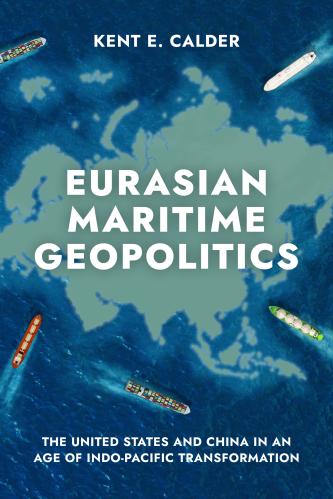
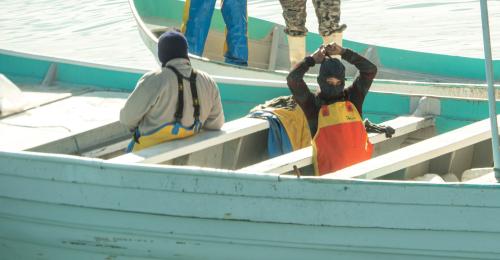
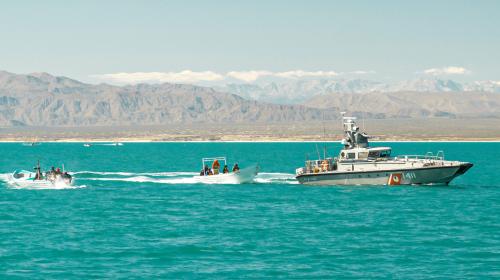
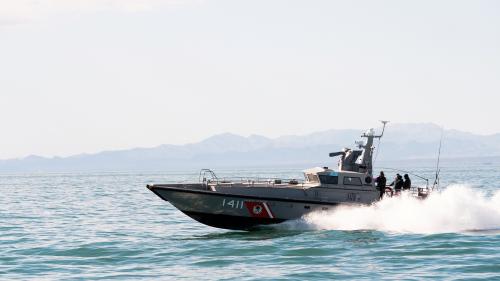

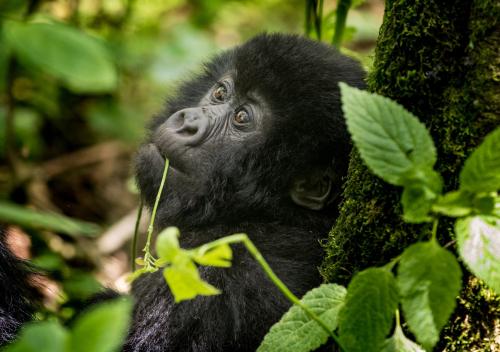
Commentary
The vanishing vaquita and the challenges of combating wildlife trafficking
June 5, 2017